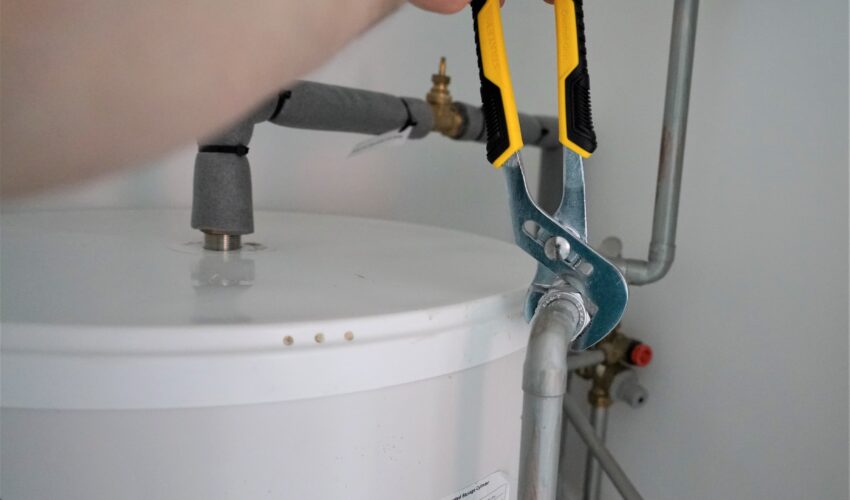Water heaters are essential in maintaining a clean and comfortable home. Yet, you may not give much thought to your water heater and the maintenance it requires. Here is a look into the two most common types of water heaters and the care needed for you to enjoy a long, useful life out of your system.
Types of Water Heaters
There are two main types of water heaters that most homes use: conventional and tankless.
Conventional Water Heaters
Conventional or storage tank water heaters feature a tank that holds the water as it’s heated and uses insulation around the tank to maintain the water’s temperature. This option is bulky, due to the amount of room required for the tank, but has a lower installation cost than tankless water heaters. Once emptied, you must wait for the tank to fill and heat before using more hot water.
Tankless Water Heaters
Tankless water heaters, the more energy-efficient option, instantly heat the water you need on-demand using either a gas burner or electric element to warm the water as it moves through the system. Although they are useful for those that use a great deal of hot water at once, tankless water heaters must be sized appropriately to keep up with your home’s hot water demand.
Keeping Your Conventional Water Heater Efficient
Most water heaters do not require much attention, but getting them checked twice a year is best practice. Here are a few important components of conventional water heaters you should keep in mind.
- The T&P Relief Valve. The temperature and pressure relief valve, or T&P relief valve, is an important safety feature that opens if the pressure in the tank becomes too high. If this valve is leaking, it needs to be replaced by a professional.
- The Anode Rod. The anode rod, which helps collect sediment and minerals in the water that could corrode your tank, could need replacement every one to three years, depending on how hard your water is.
- The Tank. Even with a properly functioning anode rod, the tank can still collect some sediment and should be drained and flushed quarterly, or, if there is a water softener on the house, yearly. When North East flushes your tank, they attach a ball valve on the boiler drain so that homeowners can then flush it themselves with relative ease.
To maintain energy efficiency, keep the pipes and tank properly insulated and, while on vacation, turn the tank water heater’s thermostat down to its lowest setting.
Maintaining Your Tankless Water Heater
Although yearly maintenance is still necessary, maintaining a tankless water heater is a bit simpler than its conventional counterpart.
- Flushing the System. Mineral buildup can permanently damage internal components leading to reduced efficiency and even failure. Flushing a tankless water heater requires special tools and should only be done by a professional.
- Water Softener. In San Antonio, where water is extremely hard, a water softener is the recommended treatment system to help reduce the amount of sediment that enters the tankless heater. This component must be regularly maintained to keep the tankless heater running smoothly.
An Ounce of Prevention
Both conventional and tankless water heaters need only minimal maintenance to keep energy costs down and ensure a long working life for your appliances. Call the professionals at North East Air Conditioning, Heating & Plumbing to deliver the peace of mind that preventive maintenance brings.
Photo by Marian Florinel Condruz on Unsplash


